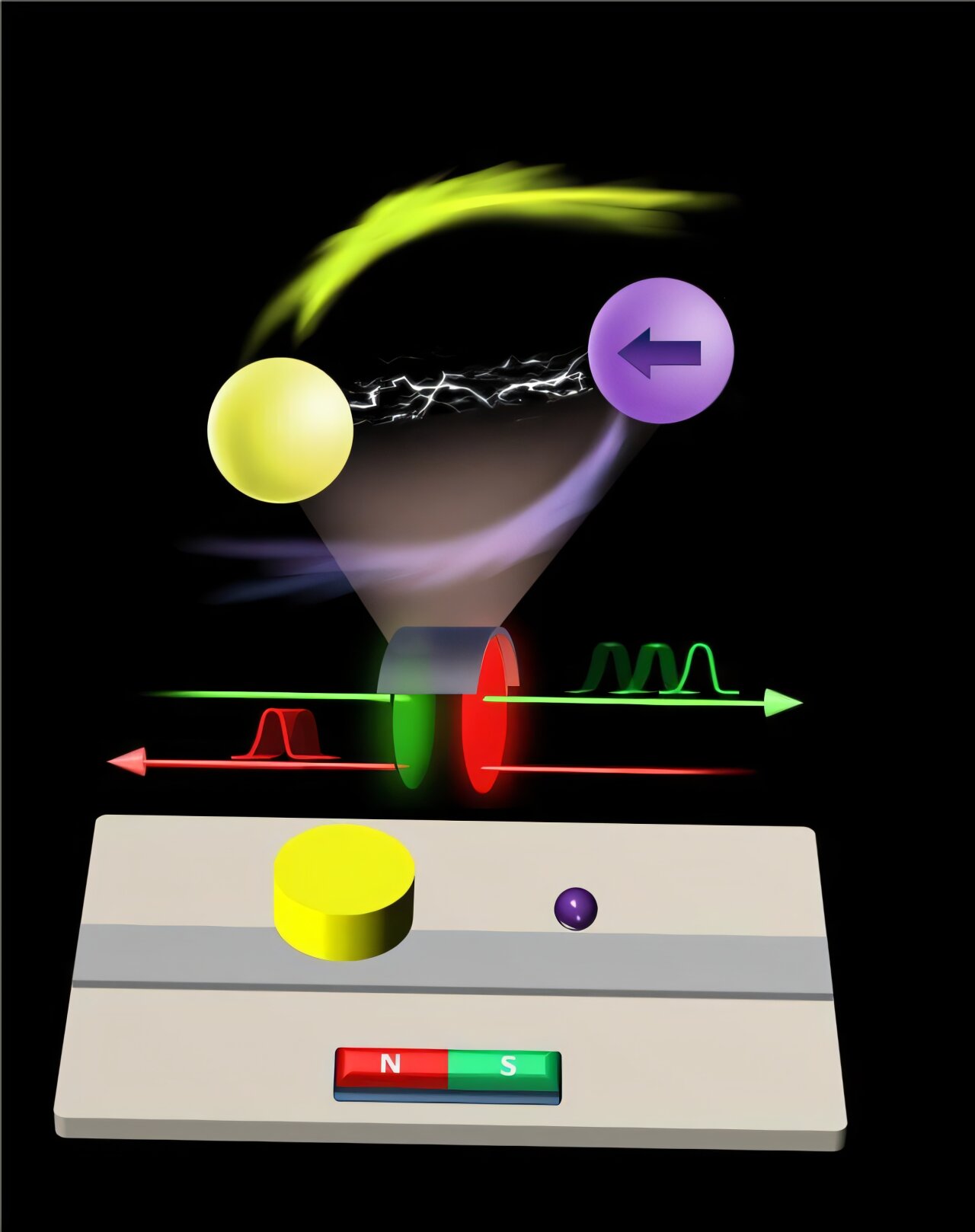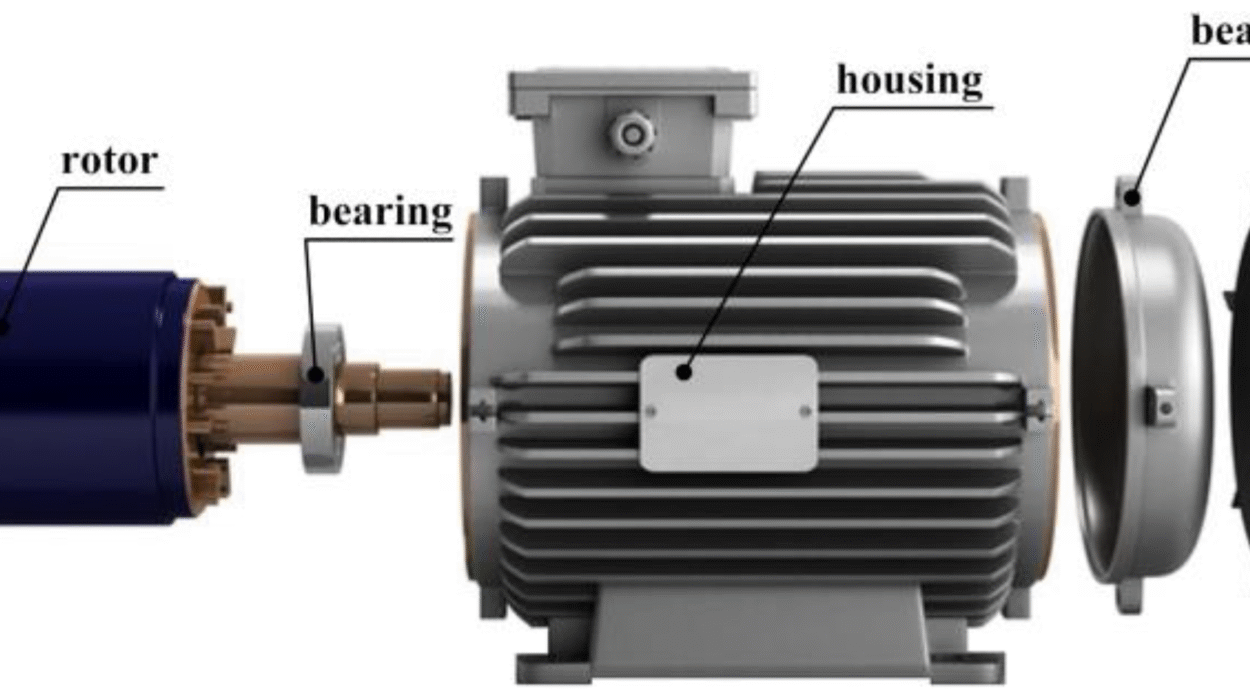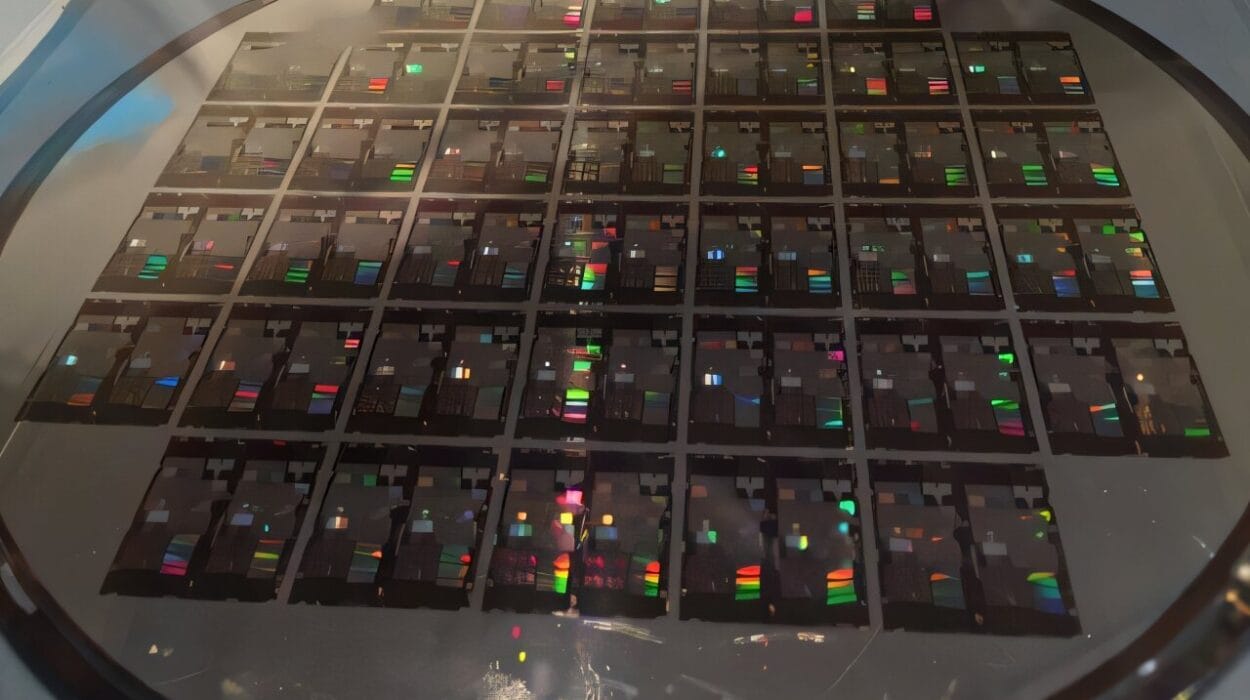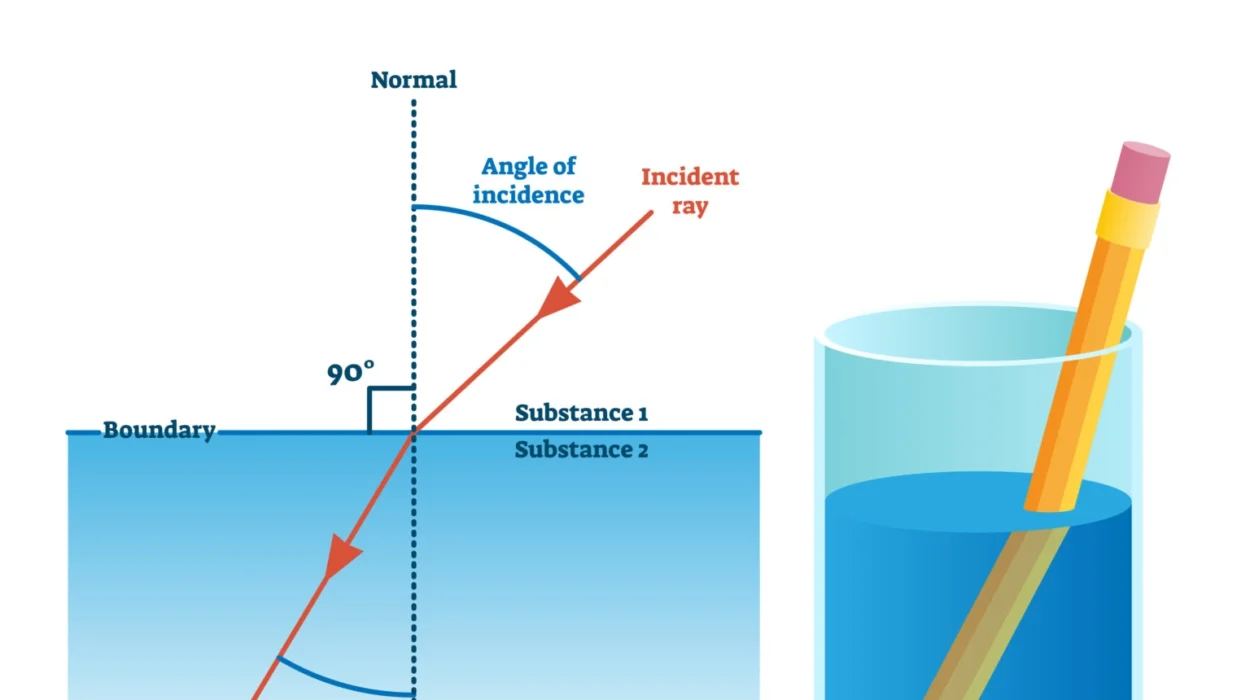In the world of advanced technologies, controlling light’s behavior is a game-changer. From revolutionizing communication systems to the possibility of groundbreaking developments in quantum computing, the ability to manipulate the speed of light opens up a wealth of opportunities. Recently, a team of researchers from the University of Manitoba and Lanzhou University have made a significant stride in this domain, demonstrating the nonreciprocal control of light speed using a cutting-edge cavity magnonics device. This breakthrough could have far-reaching implications for multiple fields, including high-speed communication, neuromorphic computing, and quantum circuits.
The Importance of Manipulating Light Speed
At its core, manipulating light’s speed through various materials is not just a theoretical exercise. It has tangible applications in several important technologies. The speed at which light travels through a medium plays a vital role in everything from the efficiency of high-speed communication systems to the intricacies of quantum information processing.
Traditional methods for controlling light speed have relied heavily on electromagnetic effects such as Electromagnetically Induced Transparency (EIT). EIT allows for the slowing of light by creating quantum interference within a medium, effectively reducing the speed of light as it passes through. However, these conventional methods are typically reciprocal. That means light behaves the same way regardless of the direction it travels within the device. While useful in some contexts, this limitation has prevented the full realization of several advanced technologies that could benefit from nonreciprocal control—where light can travel at different speeds in different directions.
Introducing Nonreciprocal Control of Light Speed
The concept of nonreciprocal control of light has long been of interest to researchers. Nonreciprocity would allow signals to travel in desired directions at variable speeds, which is particularly useful for a range of emerging technologies. Think of advanced signal processors, quantum circuits, or neuromorphic computing systems that need more fine-grained control over how information moves through a system.
The team of scientists from the University of Manitoba and Lanzhou University has cracked this challenge by employing a cavity magnonics system, a highly innovative technology that combines microwave photons (the quanta of microwave light) with magnons (the quanta of the oscillations of electron spins in materials). By manipulating these two elements, the team was able to control the propagation of light in a nonreciprocal manner.
Their groundbreaking work was recently published in Physical Review Letters, offering a glimpse into the future of high-speed communication and quantum information processing.
The Role of Hybridized Systems in Light Control
To understand how this works, we need to dive into the nature of the system they developed. The researchers employed a hybridized system that merges the photon mode of a dielectric resonator with the magnon mode of a magnetic material known as yttrium iron garnet (YIG).
This hybrid system is more than just a conventional resonator. The magnetic material, YIG, has an inherent property called chirality. Chirality refers to the tendency of the material’s electron spins to precess (or spin) in a fixed direction when exposed to a magnetic field. This spin precession gives rise to what is known as nonreciprocity. In simpler terms, nonreciprocity means that light (or in this case, microwave pulses) can travel at different speeds depending on the direction in which it is moving through the system.
The device’s ability to exhibit nonreciprocal light speed control comes from this interplay between the photon and magnon modes, which interact through a common microstrip. By adjusting the magnetic field, the researchers could manipulate this interaction, leading to different speeds in opposing directions. This allows for the nonreciprocal transmission of signals, where the speed of light could be controlled and altered significantly based on the direction of travel.
The Magnitude of the Achievement
The demonstration by the team was nothing short of revolutionary. When the researchers sent a microwave pulse into their cavity magnonics system from two opposite directions, they observed significant differences in speed. The light was delayed in one direction, and advanced in the opposite—both effects occurring with a surprising degree of control. This was a clear indication that their technique allowed for nonreciprocal light speed manipulation, something that had previously only been theoretical in most systems.
The ability to manipulate light’s speed in this manner is critical for a wide range of applications. In communication systems, nonreciprocal control could help improve efficiency and reduce latency. In quantum computing, it could offer better control over information transmission between qubits, possibly leading to more stable and faster quantum circuits. The ability to control light at a quantum level could also play a pivotal role in the development of neuromorphic computing systems, which aim to mimic the brain’s neural network processes.
The Challenge of Phase Manipulation
While amplitude manipulation has been a well-explored area in previous studies, controlling the phase of light—how far along a wave is in its oscillation relative to a reference point—remained an unresolved challenge. Phase manipulation is crucial because it directly affects the speed at which pulses carry information. The researchers, led by Can-Ming Hu from the University of Manitoba, sought to address the issue of phase manipulation within a nonreciprocal system.
According to Hu, the primary goal of their study was to determine whether it was possible to nonreciprocally manipulate the phase of light while maintaining the same transmission amplitude in both directions. This was a tough nut to crack due to the Kramers-Kronig relations, which predict that certain properties of light (such as its phase and amplitude) are intrinsically linked, meaning they cannot be manipulated independently.
To their surprise, the researchers discovered that nature was more accommodating than expected, allowing for the nonreciprocal manipulation of light’s phase—an outcome that could revolutionize how we understand light propagation.
Applications and Future Implications
The implications of this discovery are vast and highly promising. One of the primary benefits of nonreciprocal light speed control is the ability to enhance the performance of microwave signal communication systems. In such systems, the ability to control the speed of light in different directions can reduce signal interference, enhance data transfer speeds, and improve the reliability of networks.
Additionally, the method demonstrated by the team could lead to breakthroughs in neuromorphic computing, which is a field that attempts to replicate the structure and functioning of the human brain for more efficient computation. Neuromorphic systems require precise control over signal timing, and nonreciprocal light speed manipulation could provide a powerful tool for achieving this.
Quantum computing is another area where this technique could have a profound impact. Quantum circuits, which use the principles of quantum mechanics to process information, rely heavily on the manipulation of quantum states and the flow of information between qubits. By controlling the speed of light in a nonreciprocal manner, quantum systems could be optimized, leading to faster and more reliable quantum information processing.
Challenges Ahead
Despite the promising results, the research team acknowledges that there is still much work to be done. While the demonstration of nonreciprocal light speed control is exciting, the time delays and advances achieved in the experiment are relatively modest. To make this technology practical, the team plans to enhance the effect by introducing additional techniques to their device, which could further improve the magnitude of the delay and advance effects.
Looking ahead, the researchers are keen on exploring a wider range of applications. They hope that as their methods evolve, they will be able to scale this technology up for use in real-world systems. Whether it’s for high-speed communication, neuromorphic computing, or quantum circuits, the possibilities are vast.
Conclusion: A New Era of Light Manipulation
The successful demonstration of nonreciprocal control of light speed marks a new chapter in the study of light and its interaction with materials. Through the innovative use of cavity magnonics, researchers have unlocked a novel way of manipulating light in a nonreciprocal manner, providing valuable insights into the control of light’s phase and speed.
This breakthrough not only opens up exciting prospects for the development of advanced communication systems but also lays the foundation for innovations in neuromorphic computing and quantum technologies. As researchers continue to refine this method and explore its potential applications, we may very well be on the brink of a new era in physics—one where the manipulation of light can lead to entirely new technological frontiers.
In the years to come, this research could reshape the way we think about light, information transfer, and the future of computing, all while offering solutions to some of the most pressing challenges in technology today.
Reference: Jiguang Yao et al, Nonreciprocal Control of the Speed of Light Using Cavity Magnonics, Physical Review Letters (2025). DOI: 10.1103/PhysRevLett.134.196904.






